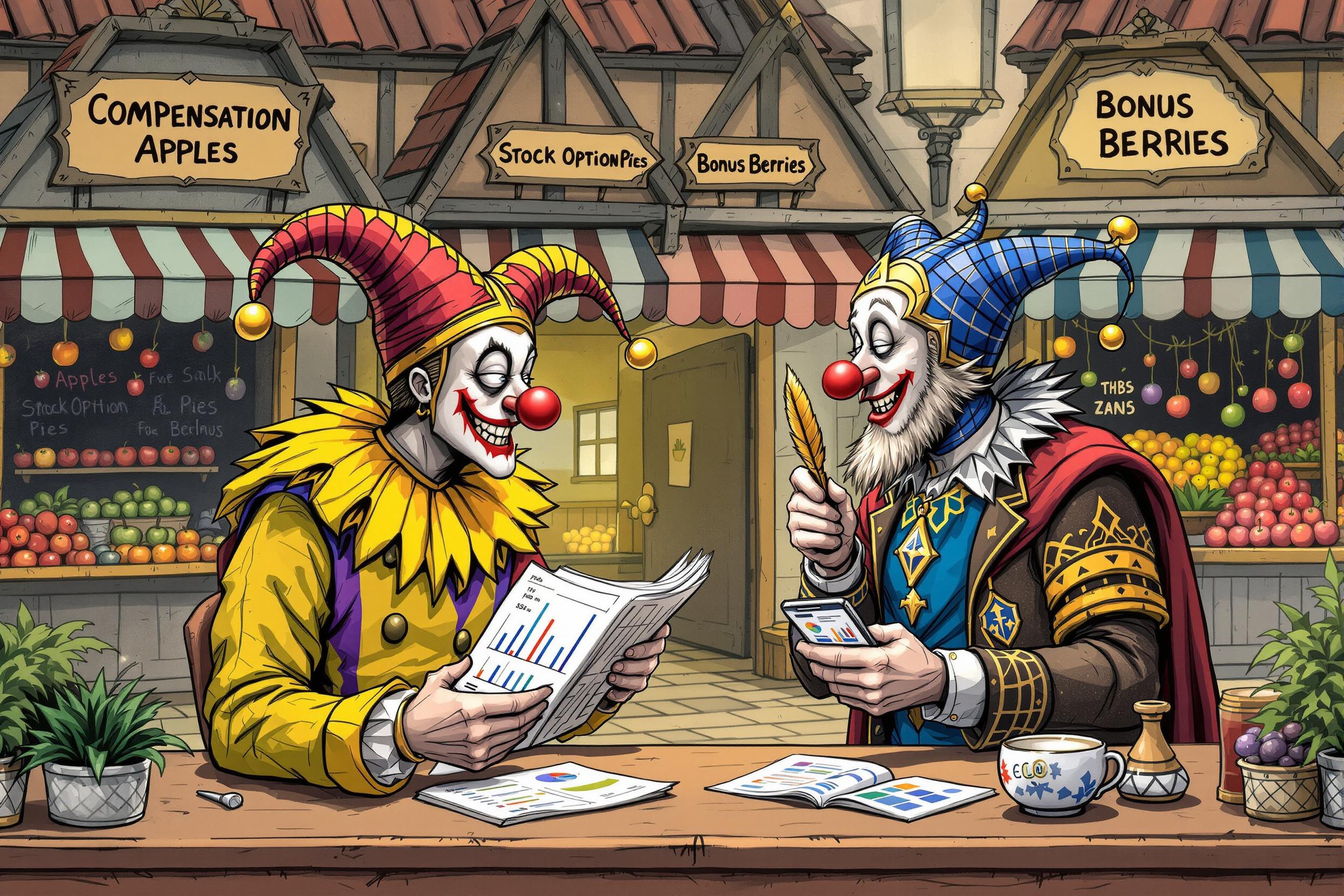
Bleed
Bleed is a printing term that refers to printing that goes beyond the edge of where the final paper will be trimmed. When designers create materials that 'bleed,' they extend the images or colors past the actual page borders to ensure there are no white edges after cutting. This is a standard practice in professional publishing to create polished, high-quality printed materials. Think of it like coloring slightly outside the lines on purpose, so when you cut along the lines, you get perfect coverage to the edge.
Examples in Resumes
Created magazine layouts with proper bleed settings for high-end fashion publications
Managed print production workflow including bleed and trim specifications for quarterly catalogs
Implemented standardized bleed requirements across all company marketing materials
Typical job title: "Print Production Specialists"
Also try searching for:
Where to Find Print Production Specialists
Professional Associations
Online Communities
Job Resources
Example Interview Questions
Senior Level Questions
Q: How would you manage bleed specifications across different print vendors with varying requirements?
Expected Answer: A senior candidate should explain their experience coordinating with multiple print vendors, standardizing specifications, and implementing quality control processes to ensure consistent results across different printing facilities.
Q: Tell me about a time when you solved a complex printing issue related to bleeds.
Expected Answer: Look for answers demonstrating leadership in resolving print production challenges, such as adjusting specifications for unusual materials or developing new workflows to prevent bleed-related printing errors.
Mid Level Questions
Q: What is the standard bleed setting you use for magazine production and why?
Expected Answer: Should know common industry standards (typically 0.125 to 0.25 inches) and explain why these measurements are important for different types of printing projects.
Q: How do you ensure proper bleed setup when receiving files from different designers?
Expected Answer: Should explain their process for checking and correcting files, including communication with designers and establishing clear guidelines for file preparation.
Junior Level Questions
Q: What is a bleed and why is it important in printing?
Expected Answer: Should be able to explain that bleed is extra image area beyond the trim line to prevent white edges, and why this is necessary for professional printing.
Q: What's the difference between trim size and bleed size?
Expected Answer: Should understand that trim size is the final size of the printed piece, while bleed size includes extra material that will be cut off during finishing.
Experience Level Indicators
Junior (0-2 years)
- Basic understanding of print specifications
- File preparation for print
- Knowledge of standard bleed measurements
- Simple layout creation
Mid (2-5 years)
- Advanced file preparation
- Quality control processes
- Print vendor coordination
- Problem-solving print issues
Senior (5+ years)
- Production workflow management
- Print specification standardization
- Team training and supervision
- Complex project coordination
Red Flags to Watch For
- Unfamiliarity with standard bleed measurements
- No experience with professional printing software
- Lack of attention to detail in file preparation
- No understanding of print production workflows
- Cannot explain basic printing terminology
Related Terms
Need more hiring wisdom? Check these out...

Recruitment in the Fast Lane: How to Adapt Hiring Practices in the Blink of an Eye

Cutting HR Costs Without Sacrificing Quality: A How-To for Savvy Executives

Why Easy Apply Is Breaking The Job Market (And What To Do About It)

